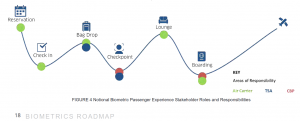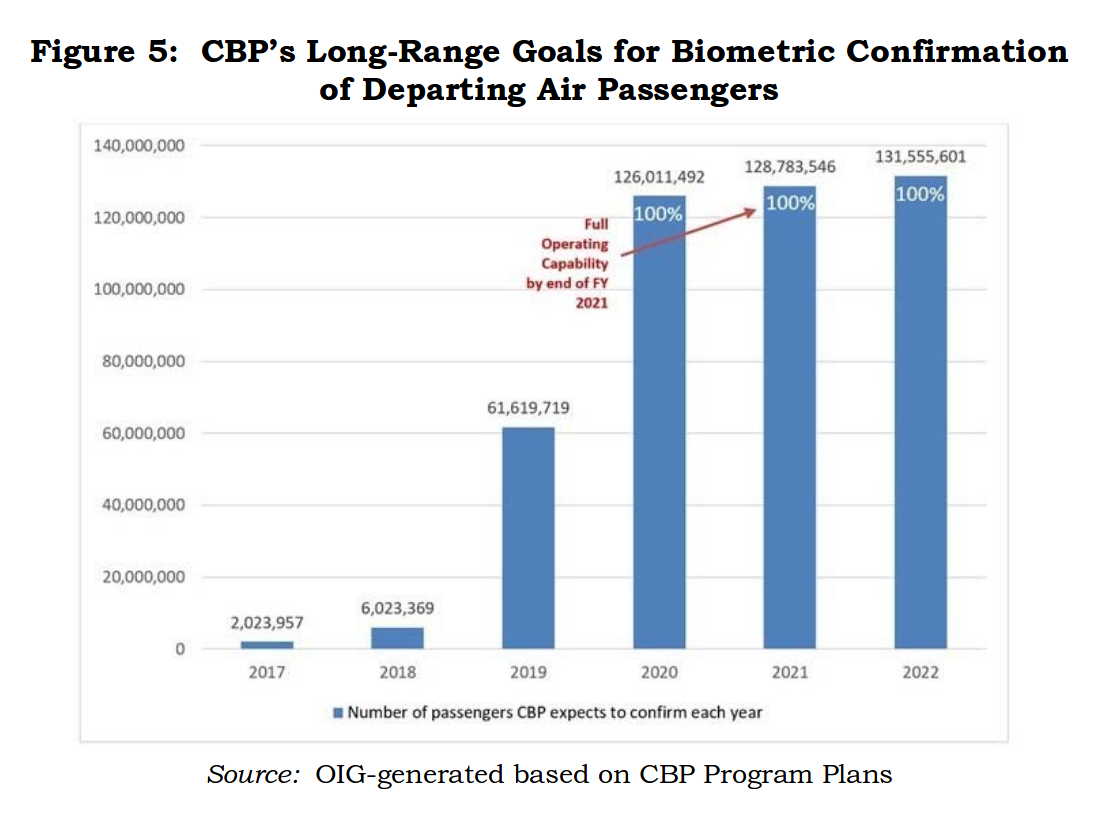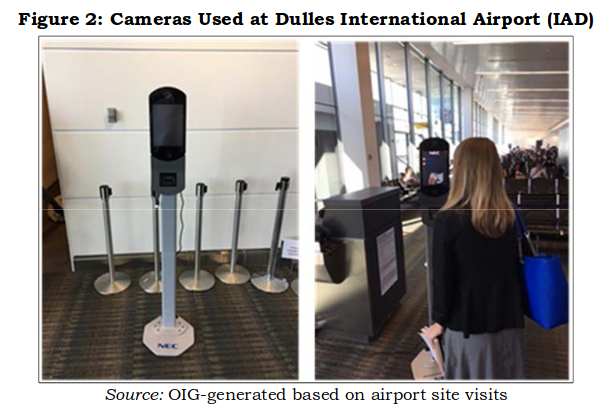Newly released DHS documents prompt new questions from Senators on facial recognition at airports
Newly released government records confirming plans by the Department of Homeland Security to take automated mug shots of all airline passengers have prompted an immediate bipartisan statement by Senators Edward Markey (D-MA) and Mike Lee (R-UT) renewing their repeated previous calls for DHS to give public notice, take public comment, and adopt published rules — including “how [travelers] can opt out of the program altogether” — before deploying automated facial recognition at airports.
A petition for rulemaking on facial recognition at airports submitted to the DHS last year by the World Privacy Forum remains pending, but has not yet been acted on.
The report by Davey Alba published Monday by Buzzfeed News, in which we were quoted extensively, was based on documents released in response to a Freedom Of Information Act (FOIA) request and lawsuit by the Electronic Privacy Information Center (EPIC).
The documents confirm that, as we’ve noted previously, the DHS intends and is already working systematically toward a vision of worldwide biometric surveillance and control of air travel through automated facial recognition systems integrated and shared with airlines and airports. The most recently released DHS records show no provision for travelers to avoid being photographed, and no restrictions on commercial use, retention, or sale by airlines and airports of images captured under government duress.
As Edward Hasbrouck of the Identity Project told Buzzfeed News:
The big takeaway is that the broad surveillance of people in airports amounts to a kind of “individualized control of citizenry” — not unlike what’s already happening with the social credit scoring system in China. “There are already people who aren’t allowed on, say, a high-speed train because their social credit scores are too low,” he said, pointing out that China’s program is significantly based in “identifying individual people and tracking their movements in public spaces though automated facial recognition.”
“This is opening the door to an extraordinarily more intrusive and granular level of government control, starting with where we can go and our ability to move freely about the country,” Hasbrouck said. “And then potentially, once the system is proved out in that way, it can extend to a vast number of controls in other parts of our lives.”
Meanwhile, EPIC filed a follow-up FOIA lawsuit today for information about whether air travelers are, in fact, being allowed to “opt out” of being photographed. The DHS has claimed that US citizens can opt out of ongoing and expanding “pilot programs” and “tests” of automated facial recognition at airports.
But our own experiences and numerous reports from other travelers are that the DHS claim that US citizens can “opt out” often isn’t true: Travelers are often told that mug shots are required even for US citizens, and are prevented by “line minders” (contractors working for airlines and/or airports) from approaching Customs and Border Protection staff until after they submitted to being photographed. When we and other civil liberties advocates pointed this out to senior CBP officials in a meeting a year ago, they flatly denied that this ever happened. But no details of any “opt-out” notices, policies, or clauses in agreements between DHS, airlines, or airports have yet been disclosed.
As we noted in our comments to Buzzfeed News about these so-called tests, “CBP is ‘testing’ how to structure the program to make it technically work, and what tweaks the agency might need to make to appease, or suppress, or frustrate protests and legal challenges. But the biggest thing they’re testing is how much legal resistance there will be — whether that’s people saying ‘no’ [to their faces being captured at the airport], or challenging it in court.”


